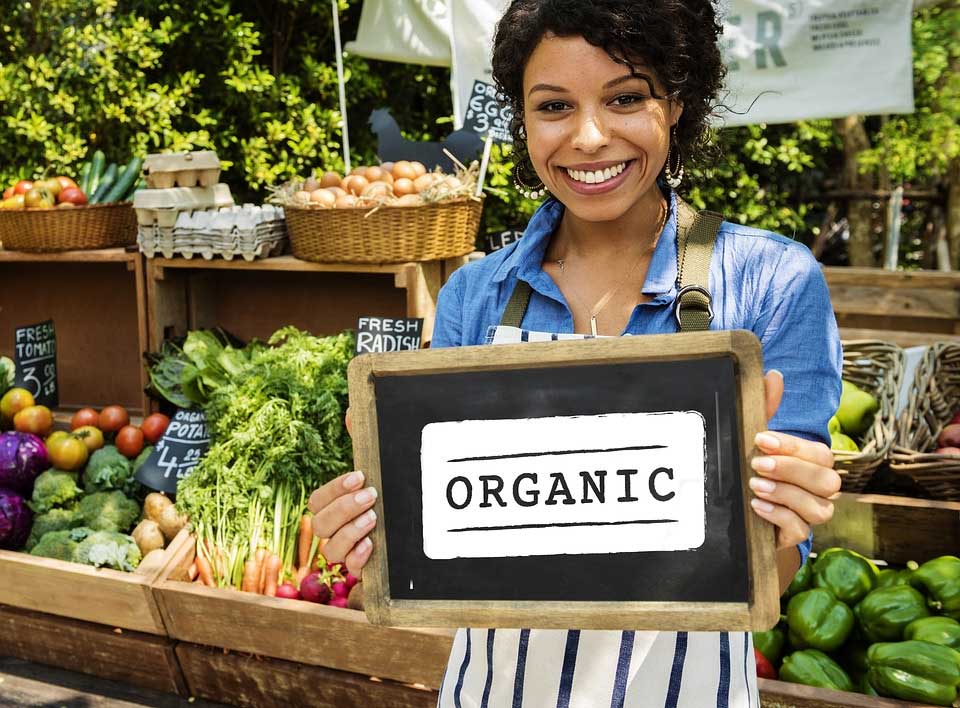
The U.S. organic food market size was estimated to be worth over $52 billion in 2020 and is expected to grow at a rate of over 10% during the forecast period 2023-2028. as a result of increasing demand from consumers. A study by the Organic Trade Industry claims that organic foods represent 5.5% of all food sold at retail in the country. Organic fruit and vegetable sales in the U.S. are a significant portion of the overall organic food market. In 2020, the organic fruits and vegetables market in the U.S. was valued at around 22 billion U.S. dollars which represents about 42% of all organic food sales.
These figures are estimates as the exact market size because it is not always easy to identify whether a food product sold is actually organic. There’s a big difference between a certified organic food product and natural food products. It’s important to note that that even though sales of organic foods are on the rise, U.S. organic food production is a relatively small percentage of overall food production. According to the USDA, organic food sales made up around 5% of total food sales in 2020. Fruits and vegetables account for the largest category of organic foods sold but the majority of organic produce is imported.
In the U.S. only foods that meet USDA organic standards qualify as “USDA-certified organic” and this mark is earned only when the following conditions are met:
- The product bears the official USDA organic seal.
- The product has been certified organic.
- The product contains 95 percent or more organic ingredients.
It’s quite expensive to obtain organic certification and some smaller farms can’t afford the certification even though they may produce organic crops. So it’s possible to purchase a food product that is in fact grown organically but which comes from a farm that is not certified as organic. What’s most important to remember is that certified organic food products come from USDA certified organic suppliers. The USDA maintains a database of certified organic farm or business called the Organic Integrity Database.
The organic food category seems to be growing but the exact market size, both now and in the future, will depend on a variety of factors including consumer preferences. As the market matures we expect consumers to become more educated on what an organic product actually is and some of the myths and facts about the organic category. Whether or not younger consumers will be willing to pay a premium for organic foods will determine the overall size of the U.S. organic food market.
Five Helpful Resources on this subject:
